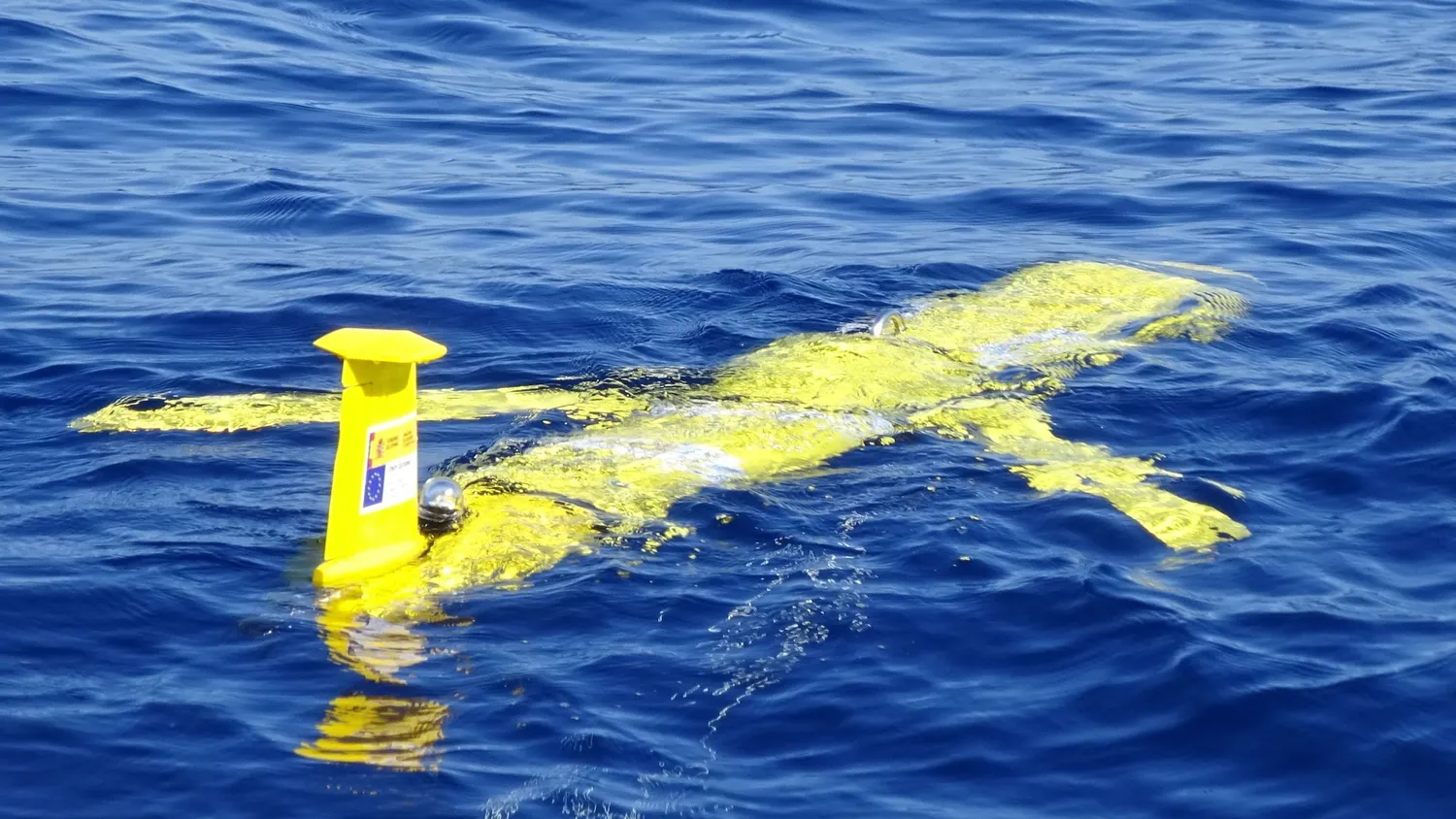Genomics
Nucleic Acids
Nucleic Acids (NAs, including DNA and RNA) can be used to survey and monitor the types and functional capacities (including those that pose risks to humans and industries such as aquaculture) of all organisms. Indeed, NA sequencing is the only viable technology to assess the state and functioning of the marine microbiome at scale, with its critical roles in regulating ecosystem health, food webs, climate, and many more planetary processes.
However, while many NA sensors currently exist, only a few can be deployed in marine environments and those that can are prohibitively expensive or limited in performance capabilities.
TechOceanS has developed a novel NA sensing concept and system "Flexible Fluidics" which allows for high numbers of discrete NA amplification tests to be carried out on autonomous vehicles and other in situ platforms, including those in the deep ocean. The minimal material use and compact storage offer a far more cost-effective solution for field NA analysis.
Ecogenomic Samplers
Ecogenomic Samplers allow researchers to process samples of ocean water in situ in order to identify the presence or absence of different organisms. Autonomous marine ecogenomic samplers currently exist, but each of the leading technologies involve significant trade-offs in operational costs (must be retrieved monthly), capacity (adding sample capacity greatly increases size requirements) or operating restrictions (cannot be deployed to deep sea environs). While TechOceanS explored the production of an entirely new system, in order to meet targets of cost reduction the project opted to focus on improving the capacity and robustness of the existing RoCSI technology. Through TechOceanS, this system has been hardened and the pressure housing significantly reduced, allowing the system not only to operate at greater depth but also expanding the scope of platforms upon which it can be deployed.
